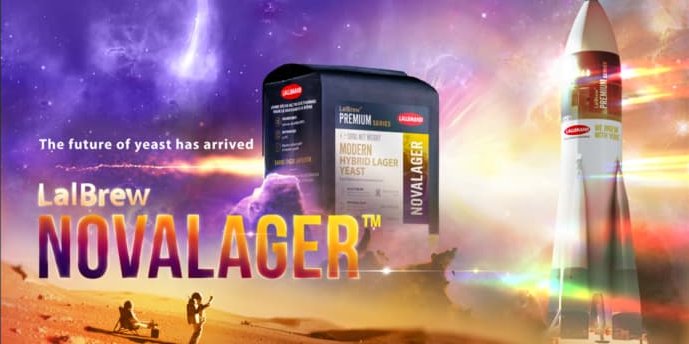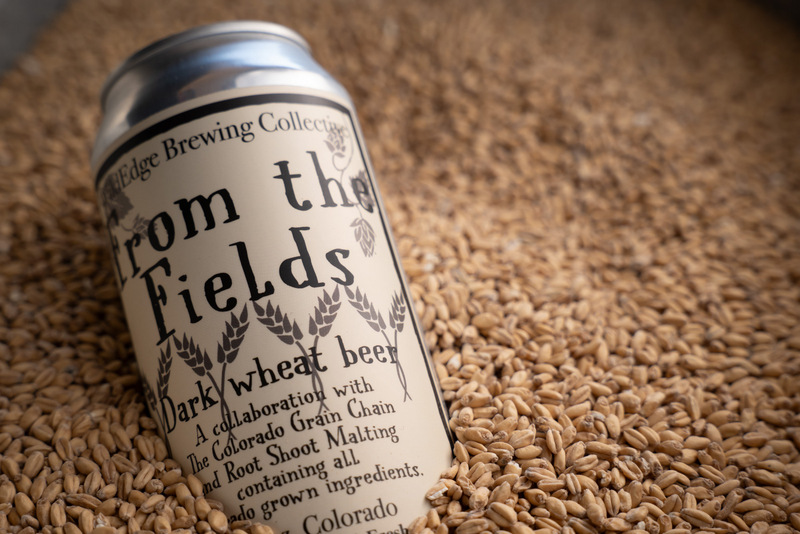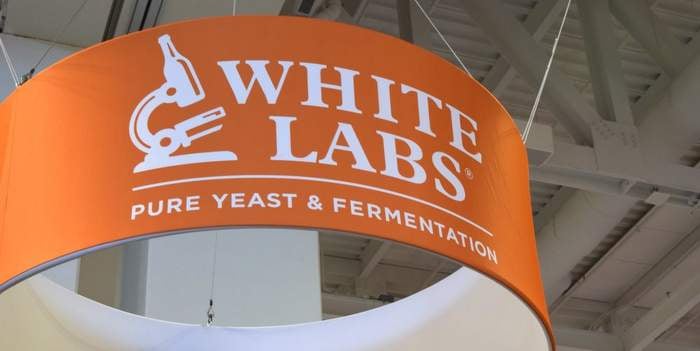
What if lager beer flavors could become as diverse and wide ranging as ales? That’s the promise of research by Renaissance BioScience Corp., a leading global bioengineering company. The company published a landmark paper on lager yeast development in the February 2021 issue of Applied and Environmental Microbiology (Volume 87, Issue 3) detailing its novel non-GMO lager yeast strains that will help broaden the diversity of commercial lager beer strains for both major global beer producers and smaller craft breweries.
This Renaissance achievement is one of the most practical innovations in lager yeast strain development. “Industrially Applicable De Novo Lager Yeast Hybrids with a Unique Genome Architecture: Creation and Characterization,” by Turgeon et al, outlines how this advance was developed and, importantly, explains the potential to create many different novel lager yeast strains, and also to fine-tune and enhance many current proprietary strains used by beer producers around the world.
“This yeast technology is ready to begin commercial usage and applications. Congratulations to our team on this exciting advance,” says Renaissance BioScience CEO John Husnik. “We’re about to enter a whole new world of lager beer innovation.”
What’s the gist? For hundreds of years, lager beer has been produced using strains from two related lager yeast types: Group I and Group II. Although these groups are genetically different, they produce very similar flavor and aroma profiles, and thus play a role in the lack of diversity in commercial lager beer. To date, approaches aimed at creating new lager yeast have generated strains that possess undesirable brewing characteristics that render them commercially unviable.
This novel approach circumvents the issue and allows for the creation of new lager strains that are directly suitable for lager production. The paper proposes that yeast created using this novel approach be classified as a third group of lager strains (Group III).
The Renaissance approach was to breed the S. eubayanus subgenome from industrial lager strains and hybridize them to different ale strains, eliminating the need to breed undomesticated, wild S. eubayanus strains. This creates a number of beneficial results:
- None of the negative traits associated with using wild S. eubayanus are present.
- The new Renaissance strains now have a wider temperature tolerance range; this can increase their uses for different styles of beer, as well as improve propagation and the manufacturing of the yeast.
- Renaissance’s R&D team can significantly increase the diversity of lager yeast by using a wide variety of different parental strains, leading to optimization of lager yeast performance, an increase in the aroma and flavour diversity of lager strains, and the elimination of off-aromas.
- The Renaissance development approach is entirely non-GMO, relying entirely on yeast’s natural sexual reproduction.
“Our expert research and development team has developed an elegant and highly rigorous approach to developing lager strains that has significant potential to expand flavor profiles and improve the industrial efficiency of beermaking,” said Zachari Turgeon, Principal Scientist and the paper’s lead author. “In addition, the Renaissance platform approach could be combined with our patented hydrogen sulfide-preventing technology to reduce or even eliminate the off-aroma hydrogen sulfide, a common concern for lager beermakers everywhere, and this provides patent protection for any lager yeast innovations produced with our technology. We look forward to discussions with beer producers and master brewers about our paper and the Renaissance approach to yeast strain improvements.”
What are some of the ways this will help improve lager beer production and efficiencies?
- Increase the flavor and aroma diversity of lager beer.
- Reduce off-aromas (such as hydrogen sulphide and VDKs).
- Improve stress tolerance and substrate utilization, leading to more efficient fermentation performance in high-gravity brewing.
- Introduce novel aromas not typically found in lager yeast, including unique enzyme activities.
- Increase temperature tolerance range, allowing for lager beer brewing at warmed temperatures.
“The Renaissance approach in making commercially applicable and highly valuable lager strains could also be combined with yeast advances and technologies previously developed by other researchers to produce protected enhanced strains,” said Jessica Swanson, Lead Development Scientist and Beverage Unit Manager. “Most importantly, all of these innovation possibilities will have significant benefits for beer consumers around the world.”





Leave a Reply
You must be logged in to post a comment.